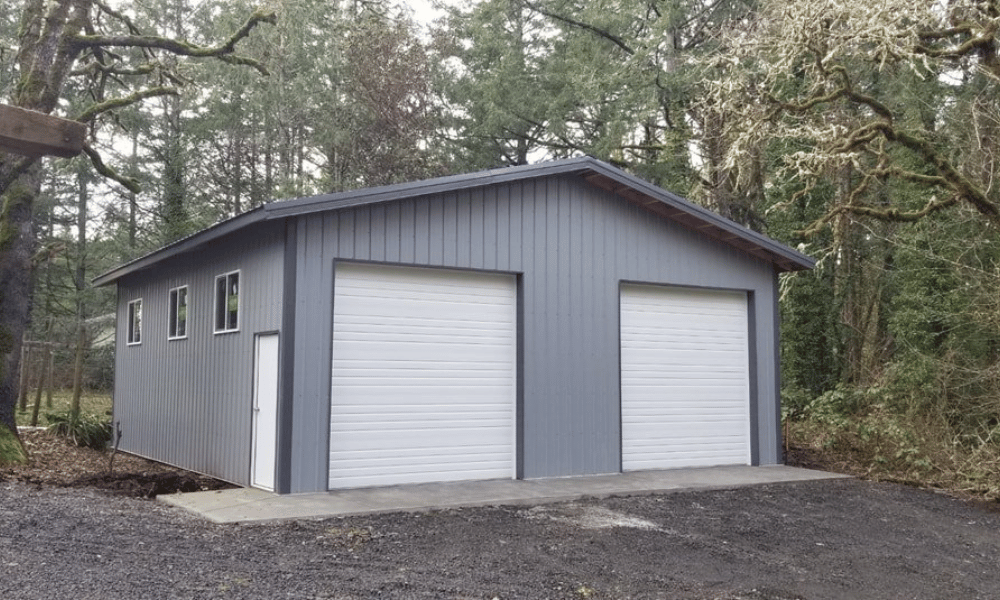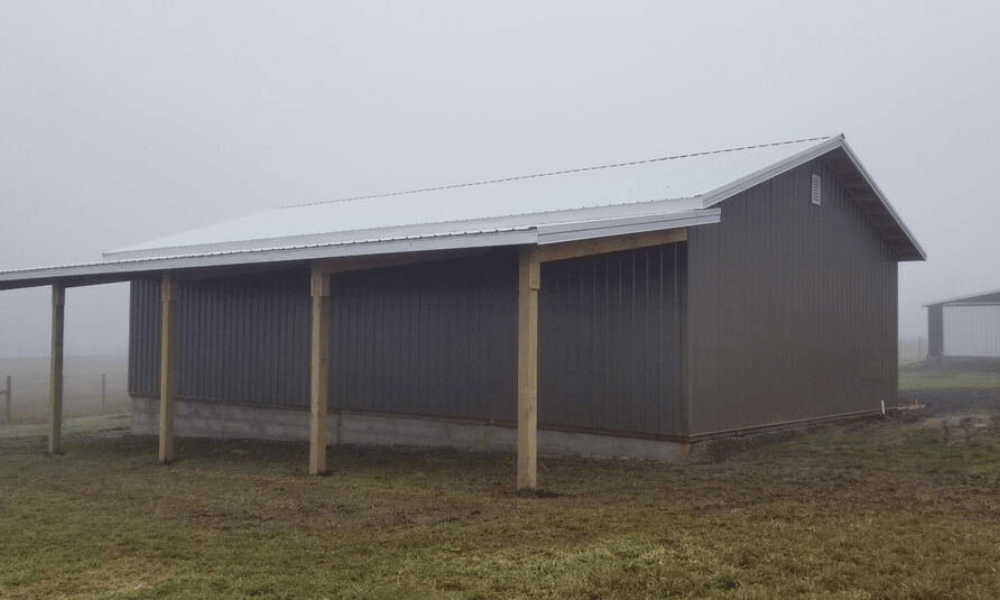Agricultural structures, such as barns, silos, and greenhouses, play a pivotal role in the farming ecosystem. Choosing the right type of roof for these buildings is crucial, impacting everything from efficiency to maintenance costs. In this article, we will explore the pros and cons of different roof types for agricultural structures, including pole buildings, to help you make an informed decision.
Understanding Roof Types for Agricultural Structures
When it comes to roofing for agricultural structures, there are several types to consider. Each has its unique advantages and disadvantages that can affect functionality, aesthetics, and longevity.
1. Gable Roofs: A Traditional Choice
Pros:
- Excellent water drainage due to their angled structure Versatile design fitting various architectural styles Good ventilation possibilities
Cons:
- Vulnerability to high winds if not properly secured Can be more expensive to construct than flat roofs
2. Flat Roofs: The Modern Minimalist
Pros:
- Cost-effective materials and installation Space-efficient, providing room for solar panels or HVAC systems Easier access for maintenance
Cons:
- Poor drainage can lead to water pooling Higher risk of leaks over time
3. Hip Roofs: Stability Meets Style
Pros:
- Greater stability during storms due to sloped sides Offers more indoor space compared to gable roofs Attractive aesthetic appeal
Cons:
- More complex construction leading to higher costs Less efficient in shedding snow compared to gable roofs
4. Monitor Roofs: A Functional Design
Pros:
- Provides excellent natural lighting through raised sections Enhanced ventilation capabilities Ideal for livestock barns
Cons:
- More costly due to intricate design Requires skilled labor for construction
5. Shed Roofs: Simplicity at Its Best
Pros:
- Simple design makes it inexpensive and easy to build Great for modern agricultural buildings Effective drainage with a single slope
Cons:
- Limited overhead space Less visually appealing compared to other designs
6. Barrack Roofs: Practical Solutions
Pros:
- Designed specifically for agricultural settings Efficient at keeping grains dry in storage facilities
Cons:
- Not suitable for all climates Can require frequent maintenance
Why Choose Pole Buildings?
Pole buildings have gained popularity in recent years among farmers and agricultural businesses. These structures are primarily made using poles set into the ground with a roof supported by these poles.

Advantages of Pole Buildings
Cost Efficiency: Pole buildings generally require fewer materials than traditional structures. Flexibility: They can be designed in various sizes and shapes according to your specific needs. Quick Construction: The method allows rapid assembly, reducing labor costs. Durability: With proper care, they can withstand harsh weather conditions.Disadvantages of Pole Buildings
Limited Insulation Options: Depending on the materials used, insulation might not be as effective. Aesthetic Limitations: Some may find pole buildings less visually appealing than conventional buildings. Long-term Stability Concerns: If not maintained properly, they may suffer from structural issues over time.Materials Used in Roofing Agricultural Structures
Choosing the right material is just as important as selecting a https://fernandodqru.bloggersdelight.dk/2025/02/13/exploring-the-benefits-of-pole-buildings-over-traditional-garages/ roof type when considering the pros and cons of different roof types for agricultural structures. Here are some common roofing materials:
Metal Roofing: The Durable Option
Metal roofs are highly favored in agriculture due to their longevity and resilience against extreme weather.
Pros:
- Long lifespan (up to 50 years) Fire-resistant properties Reflective surfaces can lower cooling costs
Cons:
- Initial investment may be high Noise during rainstorms can be bothersome
Asphalt Shingles: A Conventional Choice
Asphalt shingles have long been popular across various building types.
Pros:
- Affordable and widely available Variety of colors and styles Easy repairs if damaged
Cons:
- Shorter lifespan compared to metal (20–30 years) Susceptible to mold growth in humid areas
Clay Tiles: An Aesthetic Appeal
Clay tiles provide unique beauty but come with specific challenges.
Pros:
- Extremely durable (can last over 100 years) Natural resistance against fire and insects
Cons:
- Heavy weight necessitates strong support structures Expensive compared to other materials
Composite Materials: The New Kid on the Block
Composite roofing combines various materials' benefits.
Pros:
- Lightweight yet durable Available in a range of styles that mimic traditional materials
Cons:
- May not be as cost-effective as other options Variable quality depending on manufacturer
Climate Considerations When Choosing Roof Types
When deciding on roofing types for agricultural structures, climate plays an essential role.
Hot Climates
In regions where heat is prevalent:
- Consider reflective materials like metal or light-colored asphalt shingles. Ensure adequate ventilation systems are in place.
Cold Climates
For colder regions:
- Opt for steeply pitched roofs that shed snow easily. Use insulation materials effectively within the structure.
Wet or Humid Climates
In areas prone to moisture:
- Metal roofing with protective coatings helps resist rusting. Ensure proper drainage systems are installed regardless of roof type chosen.
FAQ Section
What are the main factors influencing roof choice?
Key factors include climate conditions, budget constraints, building size requirements, aesthetics preferences, and intended use of the structure.
How often should I replace my roof?
Most roofing materials have specific lifespans; check manufacturer's guidelines but typically every 20–50 years depending on material used.
Are there eco-friendly roofing options available?
Yes! Many manufacturers create sustainable products using recycled materials or offer energy-efficient designs like green roofs or solar panel installations.
Do pole buildings require special permits?
Yes! Like any construction project, pole buildings must adhere strictly regulated zoning laws; consult local authorities before commencing work!
Can I insulate a pole building effectively?
Absolutely! Insulating pole buildings is possible using foam boards or spray foam insulation techniques tailored specifically for such structures!

Is it worth investing more money into durable roofing?
Investing upfront in durable roofing may save significant repair costs later; coupled with increased property value over time!
Conclusion
Choosing the right roof type for your agricultural structure is fundamental not only from an aesthetic standpoint but also from functional perspectives such as durability and maintenance requirements. By exploring the pros and cons of different roof types for agricultural structures, including pole buildings’ inherent advantages and disadvantages alongside material considerations relevant within varying climates—farmers can better position themselves toward achieving optimal results while mitigating potential pitfalls along their journey!